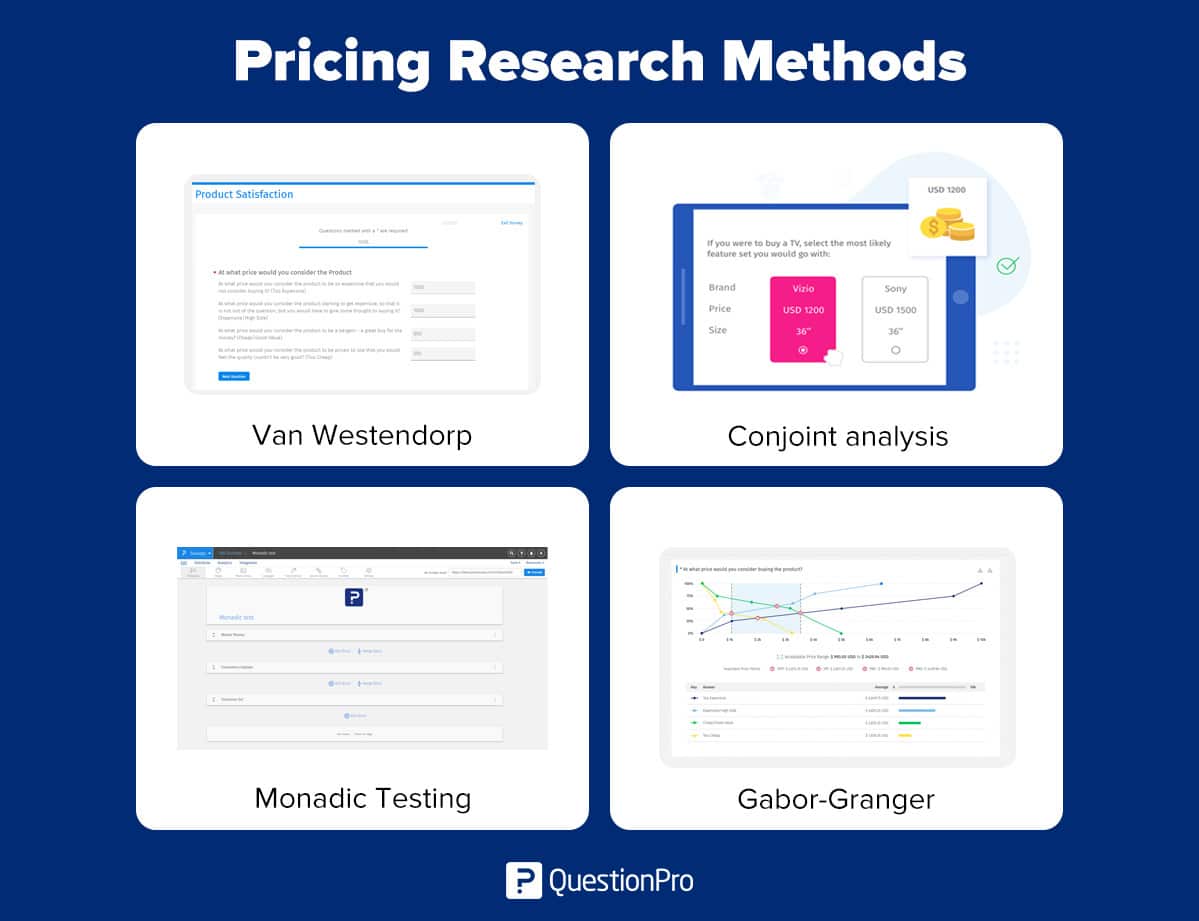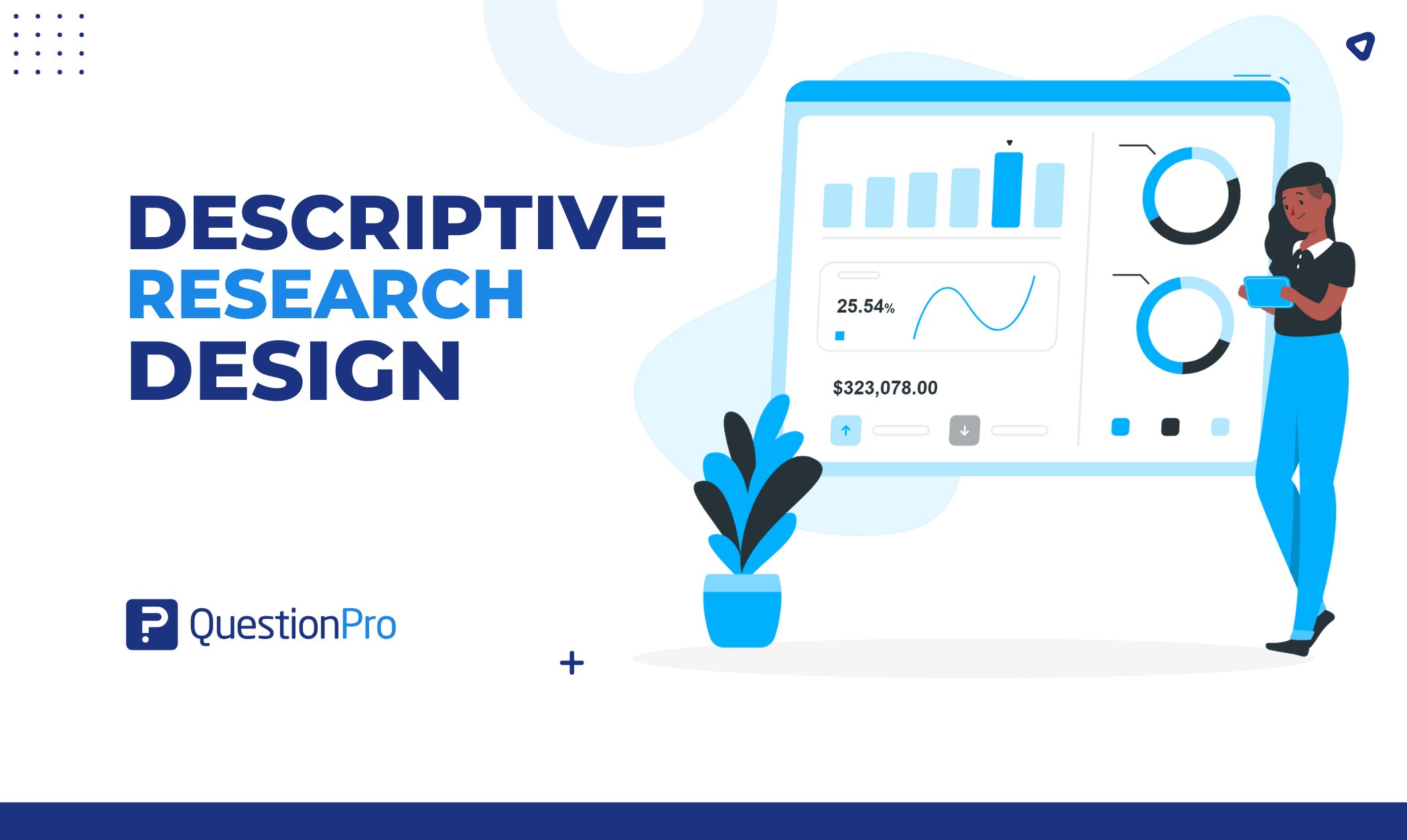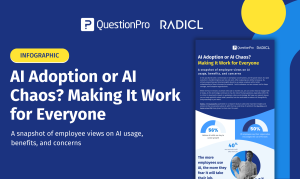
Typically, as a customer, you know how much you are willing to pay for some products or services, but as a company? It is essential to know our customers’ perceptions when setting our prices. Today we’re talking about conducting pricing research.
The decision-making process to establish prices considers the market’s capacity considering the willingness of customers to buy. However, you should consider undertaking pricing research to identify an optimal price point that balances customer satisfaction, product value, and revenue.
So let’s ask ourselves: how can we do pricing research right? Continue reading, and we will find out.
What is pricing research?
Pricing research is an investigation method used to evaluate the optimal price range of a product/service. It studies the changes in demand and supply within the market. Pricing research is valuable to understand our options concerning our competition.
It’s a fantastic tool to identify improvements we can make to get ahead of them. This research can help you determine the optimal price for your target segments, the trade-offs between price and quality, price sensitivity, and probable reactions to rivals’ prices.
LEARN ABOUT: Research Process Steps
As we can see, the primary purpose is to enhance profitability by observing and analyzing behavioral pricing. This approach allows us to learn how prices affect business growth and development, ultimately impacting sales.
We conduct pricing research to increase revenue and reduce costs. These results are achievable by optimizing the prices of our products or services in the marketplace. However, it’s fair to remember that pricing research is quantitative in origin. This fact means we’re focusing on a specific number of people and, in fact, gathering quantitative data from them.
FREE WEBINAR: The price is right! Introduction and Tools for pricing research
Remember, pricing research is applied to assess your pricing strategy development regularly. In fact, it is used for marketing efforts when evaluating new ideas, launching new products or services, and making essential adjustments to our pricing strategies.
LEARN ABOUT: Behavioral Research
Why is pricing research necessary?
First of all, pricing research gives you a strategic initiative and frame of reference for launching a product/service or adding new features. It’s a sounder on your boat. Of course, you can sail, relying on your experience and gut feeling, but in that case, you will be sailing in circles within the waters.
Secondly, you can tell pricing study is a must-exercise for new horizons, markets, startups, and successful competition. By getting absolute numbers from them, you clarify consumer expectations and the elasticity of demand. This practice will increase the chances of customer loyalty.
LEARN ABOUT: Test Market Demand
When running price research, you understand the limits of the price range available, allowing you to take a swing at maximizing profits. Another important thing: price research gives you an understanding of where 1-2% of price changes can bring 10-20% of profits.
Pricing research methods
There are many definitions of existing research methods, especially the “branded” versions of the same method by different vendors; it sure can be confusing.

Therefore, it is more manageable to start with your goalkeeping in mind. The main objectives according to each method are the following:
Van westendorp
Van westendorp price sensitivity method identifies fundamental psychological price points by surveying consumers and understanding how much they’re willing to spend on a product according to their answers. As a result, it enables us to notice a range of prices that might be appropriate and to see the fall-off in consumer interest that occurs as price rises.
Conjoint analysis
We’re talking about conjoint analysis, a survey-based market research method that allows us to study people’s processes while making complex decisions. Even decisions like choosing a pair of shoes or finding a restaurant represent mental conjoint studies that lead us to our choice.
Monadic testing
It’s a set of questions that ask the respondents’ opinions about a concept and which precise attributes and features they like or dislike. The target audience divides into multiple groups that are presented with one of the concepts and asked questions about it.
Gabor-granger
A pricing question is used in survey research to specify the price elasticity of products and services. Determining a product’s or service’s price is an essential step and one of the most critical decisions for any organization.
Let’s recognize that all products have a price. Until recently, costs were considered the responsibility of the financial departments of companies and were set based on quantitative mechanisms and independently of the rest of the marketing variables.
“Pricing is actually pretty simple: Customers will not pay literally a penny more than the product’s true value.” – Ron Johnson.
Pricing research examples
Have you ever asked yourself, “How are we making a profit selling products and services at that price?”
Esther LaVielle first questioned this at her first job in high school, selling cookies at the mall. The shop charged $1.50 for each cookie and $1.29 for soda; it had about 25 customers. If you don’t have a calculator at hand, that adds up to +$70 an hour: not very much. When you factor in overhead and cost of labor, you have a shop going out of business in its first year.
This story portrays the importance of getting pricing right, as it could mean having to put employees out of work.
Pricing is hard to get right, overpricing can turn off customers, and underpricing can make your product seem cheap. Not to mention, you have to factor in competitors’ prices and employee salaries; the list of confounding variables is that affect price sensitivity seemingly endless.
In this stage, pricing research can help.
For instance, understanding what features within products and services are most important to your target audience and their willingness to pay for valuable items. This knowledge will allow businesses to focus on product strengths, as this will dictate the proper pricing model.
Take Apple, for example; why are so many people willing to pay so much for an iPhone? They did a great job studying their high-level users and focused on the essential features: photography, gaming, app development, and music. High-level users will pay a premium for the best technology and experience in these areas.
This practice incentivized Apple to invest heavily in these technology areas— users and usage lead to better products. Now people are foaming at their mouths to pay over USD 1,000.
Conclusion
Now you know what pricing research is and what it can do for your company. Therefore, we invite you to explore new opportunities, evolve the strategy, and meet our customers. All of these actions are necessary and exciting for any company.
Of course, any research method is helpful for a project; one of them is pricing research. As we’ve learned today, price research will improve the general quality and market positioning with a firm scientific basis when used correctly.
Since we’re talking about quantitative data, implementing expert research software is the best and most precise way to run a pricing research strategy. Uncover the insights that matter the most.
LEARN ABOUT: Market research vs marketing research
With QuestionPro, you can manage your pricing research the right way. QuestionPro is the perfect pricing research software to uncover complex insights that can propel your business to the forefront of your industry.
Frequently Asking Questions (FAQ)
Pricing research is a type of research that examines and evaluates the influence of price changes on a product’s demand. Organizations use it to decide the best price for new items in order to maximize revenue and market share.
Pricing research provides you with the customer information you need to make intelligent pricing strategy decisions. Whether you intend to raise your rates or are considering pricing a new product, research is the key to an efficient pricing strategy.
One of the most effective pricing techniques for retail businesses is the cost-plus approach. They can charge different markups depending on the things they supply.







